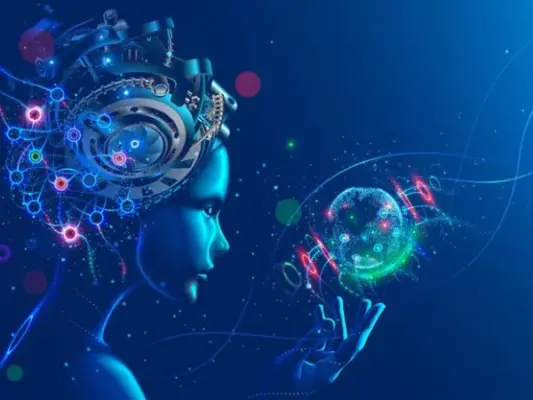
Generative AI systems like ChatGPT and GPT-4, with their ability to generate coherent responses and perform tasks based on text-based instructions, often appear like sorcery to observers. Trained on vast datasets scraped from the web and fine-tuned to understand and respond to user input, these models exhibit creativity and human-like understanding, sparking wonder and awe among users worldwide.
However, it’s essential for organizations to recognize that AI isn’t magic—it’s a result of advances in hardware and AI techniques like transformers. Large language models (LLMs), such as ChatGPT and GPT-4, are trained on immense volumes of text data, utilizing substantial computing power to predict the next word based on contextual cues. Despite their seemingly miraculous abilities, these models are not sentient or self-aware.
Demystifying Generative AI:
1. Advances in Hardware and AI Techniques: LLMs are trained using sophisticated algorithms and powerful hardware, enabling them to understand language structure and cultural nuances.
2. Training Objective: LLMs predict the next word in a sequence based on previously seen words, learning to generate coherent responses through iterative training processes.
3. Emergent Understanding: Despite their simple training objective, LLMs demonstrate emergent understanding and reasoning skills, enabling them to tackle complex tasks and provide insightful responses.
4. Human-Centric Approach: While LLMs offer immense potential for automation and productivity enhancement, they require human oversight to ensure accuracy and mitigate errors.
Guardrails for Future Development:
1. Human in the Loop: Businesses should incorporate human oversight into AI workflows to review and validate model outputs, minimizing errors and ensuring compliance with organizational standards.
2. Active Learning: Adopting an active learning approach allows businesses to refine and customize LLMs to meet specific needs, leveraging subject matter experts’ input to enhance model performance.
3. Platformized Approach: Leveraging platforms like the UiPath Business Automation Platform enables businesses to integrate AI solutions seamlessly into existing workflows, ensuring security, compliance, and interoperability.
Next-Generation Automation:
With robust safeguards in place, the evolution of LLMs and generative AI promises to revolutionize automation, enabling organizations to streamline processes, enhance productivity, and deliver exceptional customer experiences. By combining human expertise with AI capabilities, businesses can unlock new possibilities and drive innovation in the digital age.